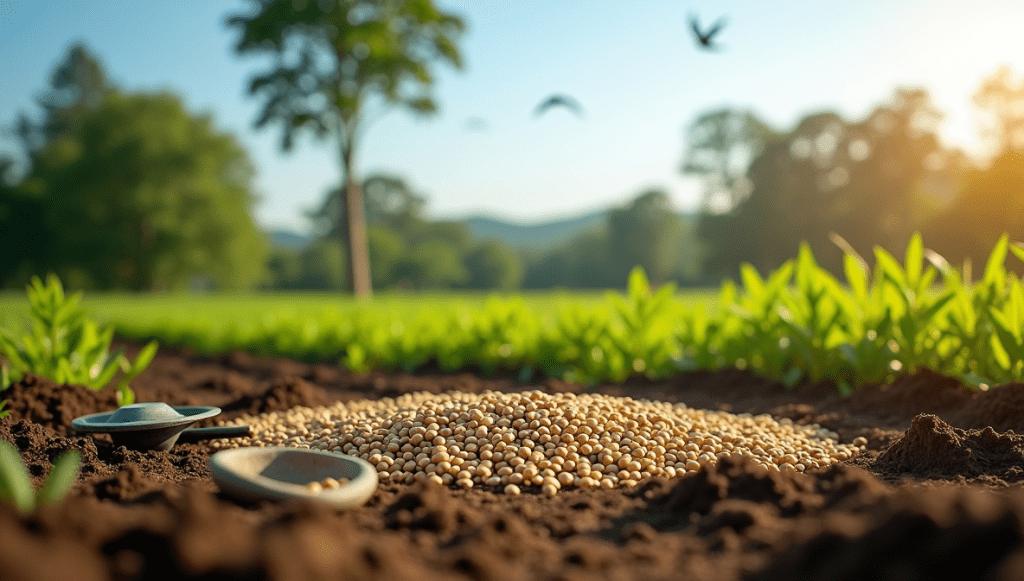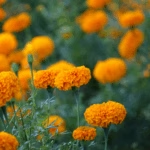Introduction
If you’re looking for a low-maintenance, fast-growing, and highly nutritious plant, the moringa tree is the perfect choice. Known as the “Miracle Tree”, moringa seeds for planting are gaining popularity among home gardeners, organic farmers, and health-conscious growers.

Whether you want to cultivate moringa for its edible leaves, medicinal uses, or as a sustainable crop, this in-depth guide will walk you through everything you need to know—from seed selection to harvesting.
What Is Moringa and Why Is It Called the Miracle Tree?
Moringa (Moringa oleifera) is a drought-resistant tree native to India, now cultivated worldwide. Nearly every part of the plant—leaves, pods, seeds, and even roots—has nutritional or medicinal value.
Top Benefits of Moringa:
- Packed with vitamins A, C, and E
- Rich in iron, calcium, and protein
- Contains antioxidants and anti-inflammatory compounds
- Used in traditional medicine for centuries
- Great for reforestation and soil health
Why Start with Moringa Seeds Instead of Cuttings?
While moringa can be propagated via cuttings, planting moringa seeds is the most effective way to ensure strong root development and healthy tree growth.
Advantages of Growing Moringa from Seeds:
- Better root system development
- Easier to transport and store
- Higher survival rate when transplanted
- Less prone to rot or transplant shock
How to Select the Best Moringa Seeds for Planting
Choosing high-quality seeds is essential for successful germination and healthy growth. Here’s what to look for:
1. Freshness
Buy seeds harvested within the past 12 months. Older seeds have lower germination rates.
2. Seed Quality
Choose plump, uncracked seeds with a hard shell. Avoid shriveled or discolored seeds.
3. Organic & Non-GMO
Ensure seeds are non-GMO and organically sourced to avoid harmful chemicals.
How to Plant Moringa Seeds (Step-by-Step Guide)
Step 1: Prepare the Seeds
- Soak moringa seeds in water for 12–24 hours to speed up germination.
- Pat dry before planting.
Step 2: Choose the Right Container or Site
- Container: Use pots with good drainage holes (minimum 6 inches deep).
- Outdoor Soil: Choose well-drained, loamy or sandy soil.
Step 3: Plant the Seeds
- Plant seeds 1 inch deep.
- Cover lightly with soil and water gently.
- Space multiple seeds 2–3 feet apart if outdoors.
Step 4: Watering and Sunlight
- Keep the soil moist but not waterlogged.
- Moringa loves full sun (at least 6 hours daily).
Step 5: Germination
- Seeds usually sprout within 7–14 days.
- Transplant seedlings when they reach 6–12 inches tall.
Ideal Conditions for Growing Moringa
| Condition | Ideal Range |
|---|---|
| Temperature | 25–35°C (77–95°F) |
| Soil pH | 6.3–7.0 |
| Rainfall | 250–1500 mm annually |
| Sunlight | Full sun |
Caring for Your Moringa Plants
1. Watering
Water every 2–3 days during dry months. Avoid overwatering, especially in clay soil.
2. Fertilizing
Use compost or organic fertilizer every 3–4 weeks for rapid growth.
3. Pruning
Pinch the tops when the tree is 2 feet tall to encourage bushier growth. Regular pruning makes harvesting easier.
4. Pest and Disease Control
Moringa is naturally pest-resistant. However, watch out for:
- Aphids
- Caterpillars
- Fungal spots (especially in humid climates)
Use neem oil spray or garlic-soap solutions as organic controls.
Harvesting Moringa: What to Expect
Leaves
- Can be harvested within 60–90 days.
- Best picked in the morning for maximum nutrient retention.
Pods
- Appear 6–8 months after planting.
- Young pods (drumsticks) are edible and rich in fiber.
Seeds
- Mature in dry pods; collect for replanting or oil extraction.
Using Moringa in Everyday Life
- Leaves: Add to smoothies, soups, or salads.
- Powder: Dry leaves and grind for long-term storage.
- Oil: Extract from seeds; used in cooking and skincare.
- Animal Feed: Leaves serve as excellent livestock nutrition.
FAQs: Moringa Seeds for Planting
Q1. How long do moringa seeds take to germinate?
A: Most moringa seeds germinate in 7 to 14 days if kept in warm, moist conditions.
Q2. Can I grow moringa indoors?
A: Yes, but ensure plenty of sunlight. Use grow lights if needed and transplant once the tree is strong enough.
Q3. What is the best time of year to plant moringa?
A: Spring and early summer are ideal. In tropical regions, it can be planted year-round.
Q4. How many moringa trees can I grow per acre?
A: For commercial farming, plant 1000–2500 trees per acre, depending on spacing.
Q5. Are moringa seeds edible?
A: Yes, but they must be cooked or processed properly. Raw seeds may have a laxative effect.
External Links:
- National Center for Biotechnology Information (NCBI) – Moringa Health Benefits
- FAO – Moringa Cultivation in Arid Regions
Conclusion: Start Growing the Tree of Life Today
Planting moringa seeds is a sustainable, rewarding choice for gardeners and farmers alike. With just a bit of care and the right conditions, you’ll have access to one of nature’s most powerful superfoods right in your backyard.
Whether you want fresh greens, natural remedies, or a hardy tree that thrives in heat and drought, moringa delivers.
Ready to Grow?
Shop High-Quality Moringa Seeds at Agzora
Start your own moringa garden today—harvest health, sustainability, and nutrition from a single tree.





